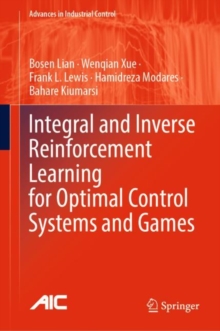
Comfort Control in Buildings PDF
by Maria del Mar Castilla, Jose Domingo Alvarez, Francisco Rodriguez, Manuel Berenguel
Part of the Advances in Industrial Control series
Description
The aim of this book is to research comfort control inside buildings, and how this can be achieved through low energy consumption. It presents a comprehensive exploration of the design, development and implementation of several advanced control systems that maintain users' comfort (thermal and indoor air quality) whilst minimizing energy consumption. The book includes a detailed account of the latest cutting edge developments in this area, and presents several control systems based on Model Predictive Control approaches. Real-life examples are provided, and the book is supplemented by illustrations, tables, all of which facilitate understanding of the text.
Energy consumption in buildings (residential and non-residential) represents almost the half of the total world energy consumption, and they are also responsible for approximately 35% of CO2 emissions. For these reasons, the reduction of energy consumption associated with the construction and use of buildings, and the increase of energy efficiency in their climatic refurbishment are frequently studied topics in academia and industry. As the productivity of users is directly related to their comfort, a middle ground needs to be found between comfort of users and energy efficiency. In order to achieve this, it is necessary to develop innovation and technology which can provide comfortable environments with minimum energy consumption. This book is intended for researchers interested in control engineering, energy and bioclimatic buildings, and for architects and process control engineers. It is also accessible to postgraduate students embarking on a career in this area, particularly those studying architecture.
Information
-
Download - Immediately Available
- Format:PDF
- Publisher:Springer London
- Publication Date:30/06/2014
- Category:
- ISBN:9781447163473
Other Formats
- Hardback from £95.55
- Paperback / softback from £69.79
Information
-
Download - Immediately Available
- Format:PDF
- Publisher:Springer London
- Publication Date:30/06/2014
- Category:
- ISBN:9781447163473










